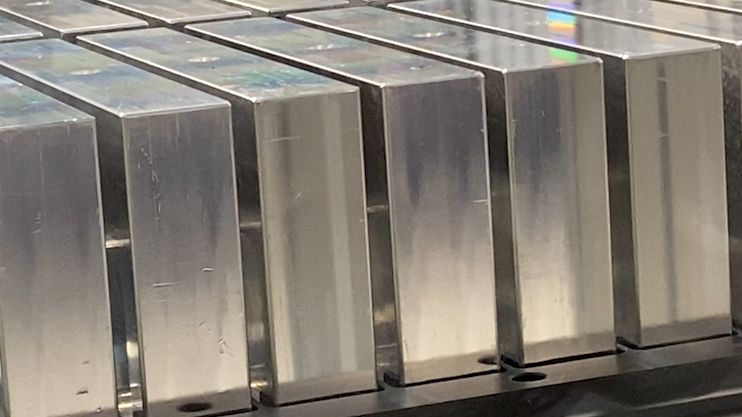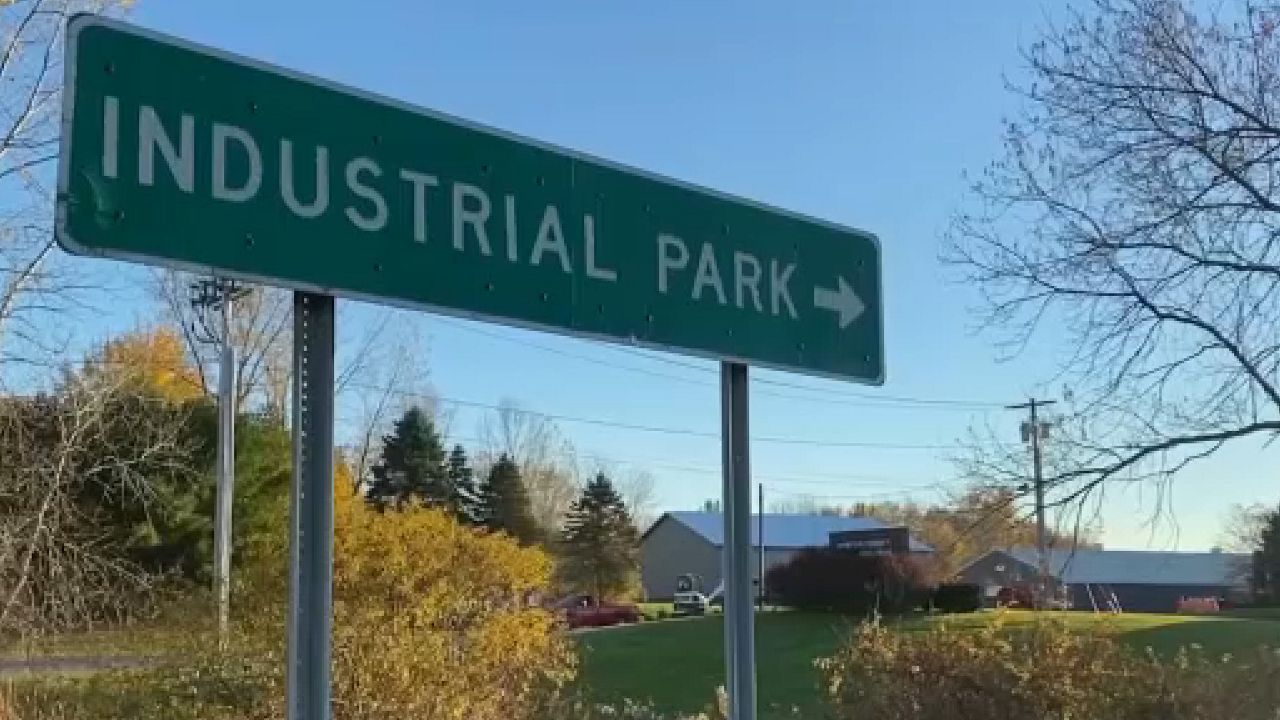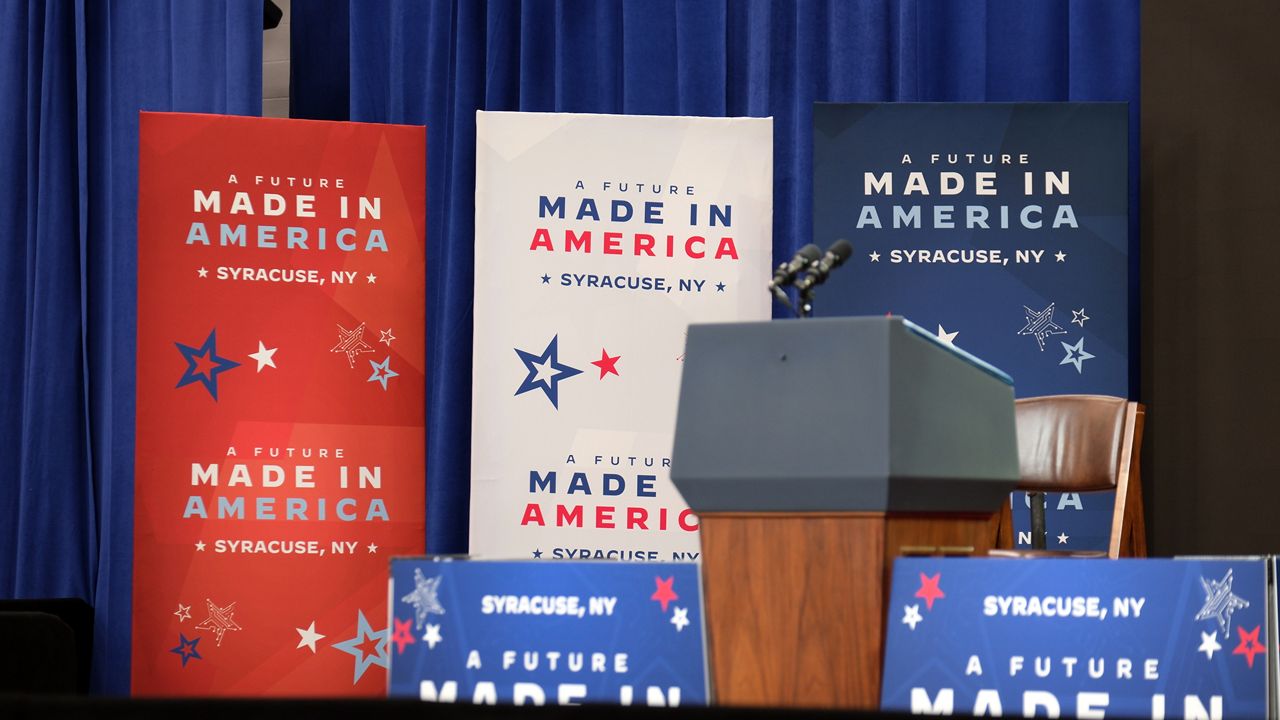One of the primary organizations in the Syracuse area helping to ensure the Micron semiconductor plant is a success is the CenterState CEO.
Located in downtown Syracuse, the independent economic development and planning organization undertook a significant role in persuading Micron to come to White Pine, addressing concerns like availability of housing and ensuring a sufficient workforce.
Just over 24 hours after CenterState CEO President and CEO Rob Simpson took the stage at Syracuse University alongside local and national leaders to celebrate the decision to bring Micron to Central New York, he reflected on his role in the process from his downtown Syracuse office.
“Working together, trying to solve every question and problem,” he said of the teamwork it took across multiple groups and government offices.
What You Need To Know
- Located in downtown Syracuse, the independent economic development and planning organization undertook a significant role in persuading Micron to come to White Pine, addressing concerns like availability of housing and ensuring a sufficient workforce
- It's working to connect Micron with local businesses for vendor needs to ensure the existing local economy benefits from the deal
- The goal is to ensure the region's current business community is part of the process, and benefits from the results
As a primary economic leadership organization in the area, that meant listening to Micron’s concerns and reassuring them the region was up to the challenge.
“They were right to point out early on and ask questions about if we could provide sufficient workforce,” he said. “They’re going to be hiring 9,000 employees over the course of the next 20 years, and they needed to know this was a place that could grow with them.”
Simpson said CenterState was up for the task.
“Over time, we were able to show them that we rebuilt our population base here in Central New York. In fact, our population in the city and county is growing again, and we wanted to show them the multitude of higher education institutions,” he said.
Simpson stressed, though, that the time for reflection is limited now that the challenge pivots to proving the region can deliver.
“The good news is what they need to be successful is the same thing that every other business here in Central New York needs to be successful,” he said. “High quality of life, affordable housing, good clean water, reliable power.”
One area he said he’s passionate about is continuing to encourage the revitalization of downtown Syracuse, improving quality of life in the area to encourage new residents while keeping living options affordable and accessible.
“Expanding our cultural amenities, we need to continue to rebuild the small business community downtown post-pandemic, restaurants and retail. Certainly at some point, we need to get a grocery store in downtown Syracuse,” Simpson said.
In the short term, he said the more pressing project is playing the role of matchmaker, connecting Micron with local companies in the area.
“They’re going to need vendors to come on site, they’re going to need food services. They’re going to need janitorial services, their employees are going to need mortgage brokers and real estate brokers,” he said.
The goal is to ensure the region's current business community is part of the process and benefits from the results.
“Helping our existing regional business community connect to this phenomenal source of wealth creation in Central New York,” he said. “Not only to help our existing industry in the region thrive, but also to help ensure that Micron employees are successful.”
He said future challenges include ensuring enough workforce housing in the area, and strengthening housing in villages outside the city limits like Fulton and Salina while ensuring housing in the area remains affordable.
Another challenge will be creating opportunities within the existing education system for graduates to work for Micron, and therefore, keeping them in the area.









